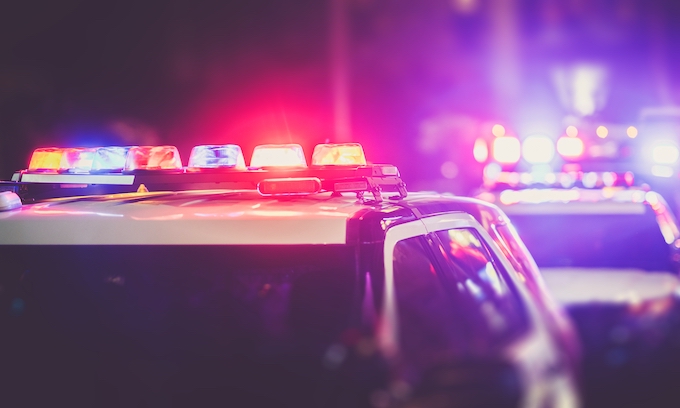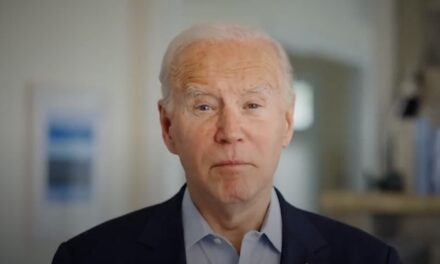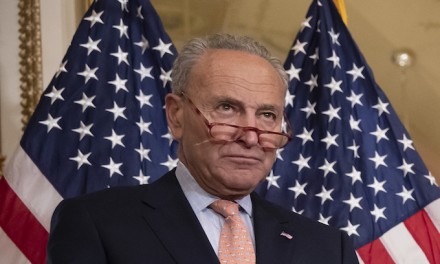The California Highway Patrol’s first Black commissioner oversees a department that is whiter than the state, and he says he wants to change that.
The Highway Patrol’s uniformed officers were 63.6% white at the end of December, according to figures the department keeps. Whites make up 37% of California’s overall population, according to the U.S. Census Bureau.
In a recent interview following Black Lives Matter protests in Sacramento, Commissioner Warren Stanley said diversifying the police force could help bring it closer to the communities it serves.
“Diversity brings a different viewpoint, a different spectrum of thoughts, and you want to reflect the community or the state that you serve,” Stanley said. “And you also want to make sure that people understand that we are their Highway Patrol. You can be a part of us and we want to be a part of the community.”
Stanley repeatedly returned to the theme of community in the interview. He said he emphasized the theme in conversations with protesters during and after the protests in Sacramento.
He shared a dramatic moment with protesters on June 6 when he waded into a group of people who had jumped a barrier outside the Capitol. The moment came during the second weekend of protests following the death of George Floyd, a Black Minneapolis man who died May 25 shortly after a police officer kneeled on his neck for nearly nine minutes.
“None of us agree with what happened to Mr. Floyd,” Stanley told the crowd. “That was not right. Totally unacceptable.”
Stanley said he invited a half-dozen of the protesters, whom he estimated were around 17 to 24 years old, to continue talking inside the Capitol. A week later, he and other officers met with the group again in a community center off of Mack Road in South Sacramento, he said.
“They wanted to be treated like first class citizens, first class people and to have their community policed in a fair manner, which — nobody has a problem with that,” he said.
The department’s officers patrol state and unincorporated roadways and help local police departments, such as the Sacramento Police Department and the Sacramento County Sheriff’s Department, in emergencies.
Stanley, 59, who worked his way up the CHP’s ranks in posts around the state, said the department has made progress in diversifying since he joined nearly four decades ago.
Deputy Commissioner Amanda Ray is the first African American woman to hold that position. He said Chief Malkiat “Sam” Samra is the first Indian man to hold the title of two-star chief in the department, three Field Division chiefs are African American and one is a woman.
“There’s diversity,” Stanley said. “Would I like to see more? Yeah. One of the things we’re always trying to do is recruit a diverse group of people that reflect the diversity of the state.”
Following whites, Hispanics were the second-largest group within the CHP at the end 2019, making up 25.8% of the force compared to the 39% of the state, according to department and Census figures.
Just 3.3% of the force was Black, compared to the state’s 6%, according to the figures.
Stanley said he also wants to recruit more women, who make up 6.3% of uniformed officers, compared to 51% of the state’s population, according to the figures.
Stanley said the department is searching in new places for recruits to sign up for the CHP Academy in West Sacramento.
Before the coronavirus interfered with in-person recruitment, he said recruiters were visiting faith-based communities in Los Angeles and expanding into more junior colleges around the state.
He said he often tries to recruit people he meets in his daily life, at places like Home Depot, who have good interpersonal skills and other qualities that would make them a good fit.
“A lot of it is one on one,” he said.
Over the last five years, the department’s share of white officers has decreased 4.5% and its share of Hispanic officers has gone up 3.2%. Its share of Black officers has stayed the same, while its share of female officers has decreased slightly.
The department is expanding its use of social media, with recruitment pages on Twitter, Facebook, Instagram and YouTube. It has an “Explorer” program that introduces 15- to 21-year-olds to ride-alongs with officers, DUI checkpoints, office work, physical fitness training and other aspects of policing.
Studies on minorities in policing have been limited and mixed and often depend on incomplete data. The Highway Patrol’s focus on traffic also makes it different from local police departments.
Stanley said the department is engaged in broad self-reflection that includes its own diversity.
“For all of us in law enforcement, specifically for the CHP, the only way to make things better is if we engage and we take a hard look at ourselves,” he said.
Stanley started his law enforcement career in 1982 in the CHP’s central Los Angeles station, where for about a year he worked alongside his brother, also a CHP officer, he said.
Stanley is one of a few officers to have held every position from officer to commissioner, according to his bio.
He said he was promoted to sergeant in 1993, then to lieutenant. He worked out of the San Juan Capistrano office for a year before transferring to CHP’s Border Division in San Diego, where he was investigative services coordinator.
He reached captain in 2001 and moved back to L.A., then was repeatedly promoted until former Gov. Jerry Brown appointed him commissioner in February 2018. Newsom reappointed him in February 2019.
___
(c)2020 The Sacramento Bee (Sacramento, Calif.)
Visit The Sacramento Bee (Sacramento, Calif.) at www.sacbee.com
Distributed by Tribune Content Agency, LLC.
—-
This content is published through a licensing agreement with Acquire Media using its NewsEdge technology.



















Recent Comments